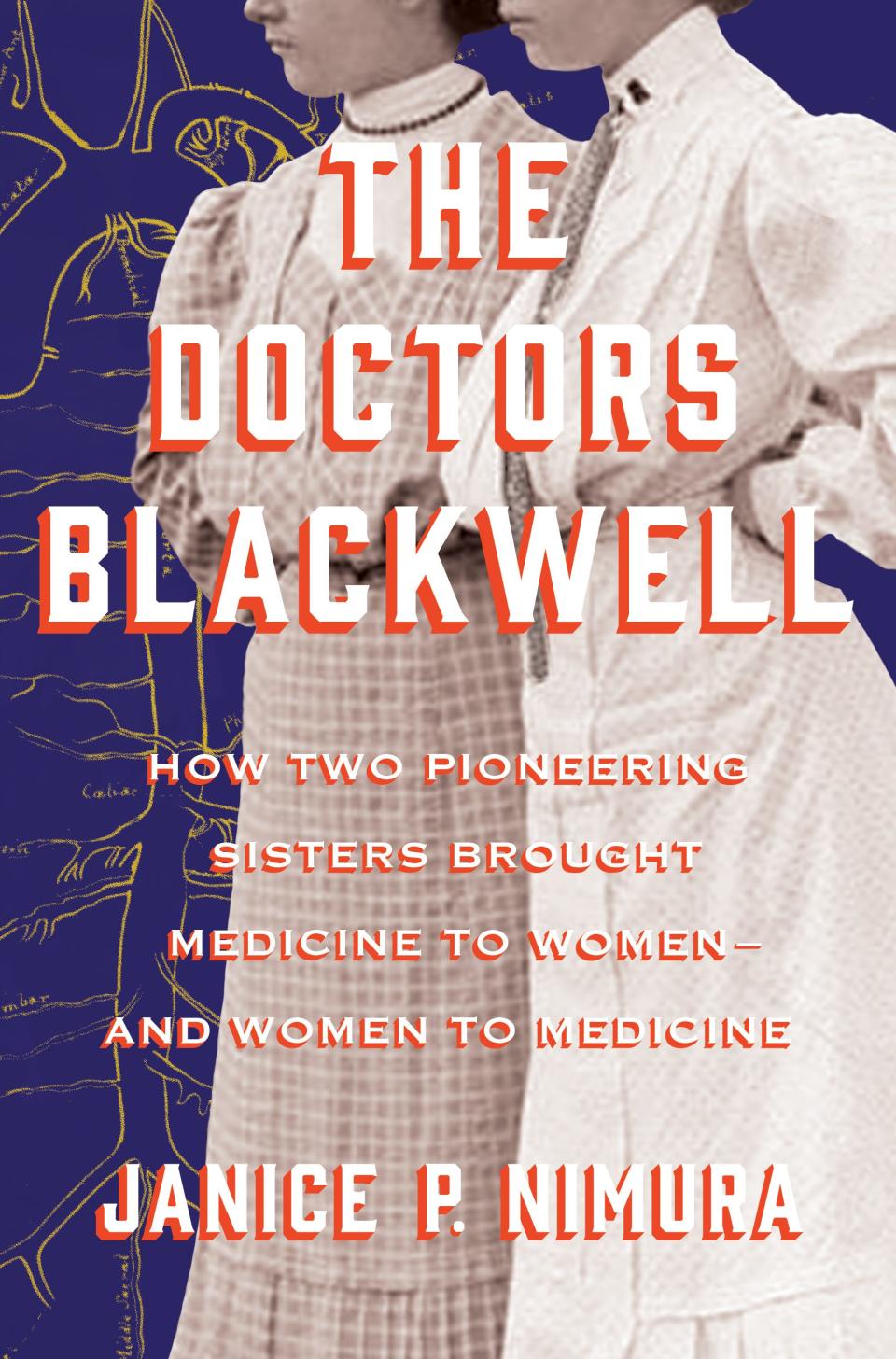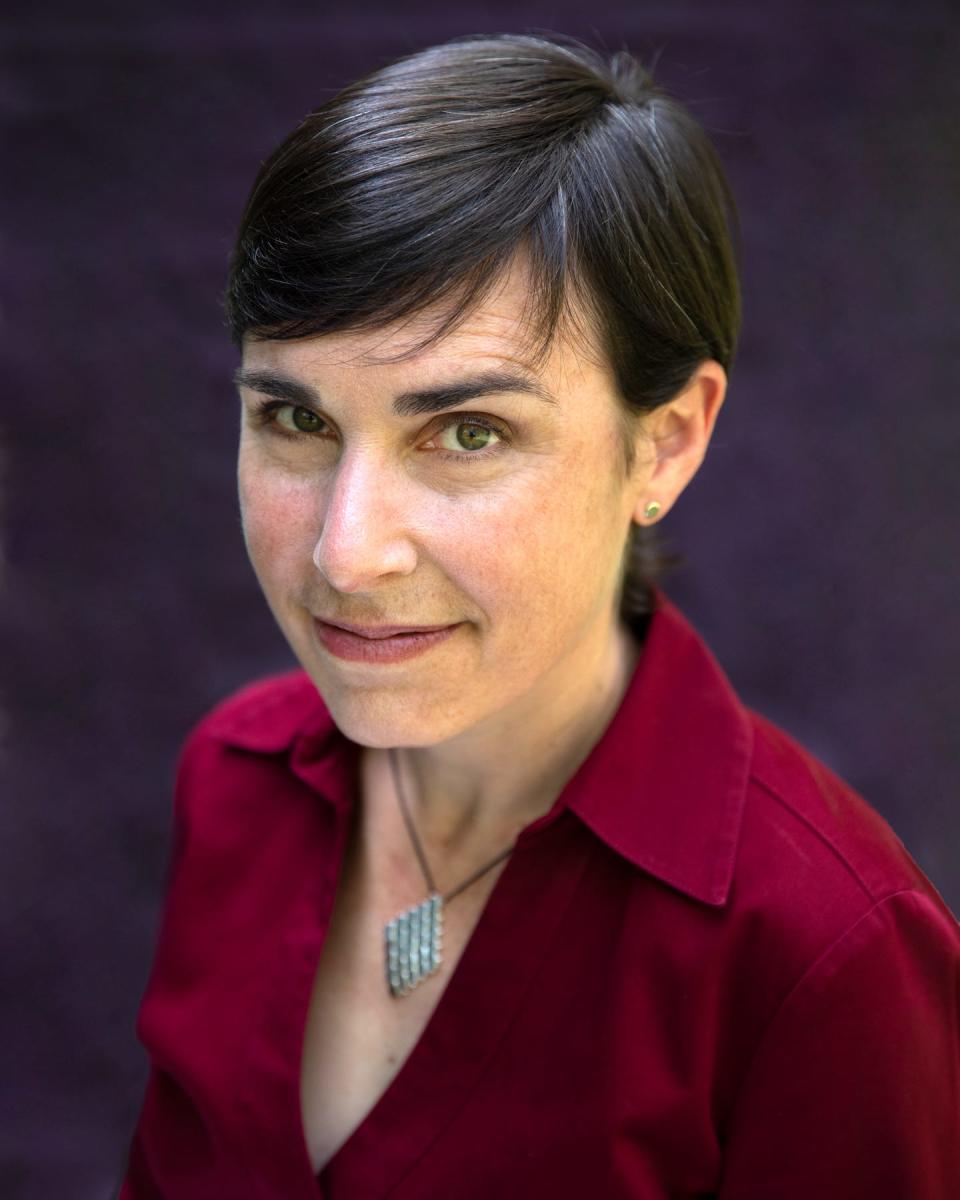'The Doctors Blackwell' review: Two remarkable sisters transformed American medicine
On a dreary Monday morning in the fall of 1847, 26-year-old Elizabeth Blackwell showed up for class at Geneva Medical College in upstate New York, en route to becoming the first woman in America to receive a medical degree. Five years later, her younger sister Emily would earn one of her own. Over the next two decades the two women would go on to establish the first hospital run for and by women, and the first women’s medical college with training as rigorous as that received by men.
Despite all these firsts, the remarkable story of Elizabeth and Emily Blackwell isn’t particularly well known. Now, historian Janice P. Nimura has written “The Doctors Blackwell: How Two Pioneering Sisters Brought Medicine to Women – and Women to Medicine” (Norton, 336 pp., ★★★ out of four), a fascinating dual biography that restores the two sisters to their rightful place in U.S. history and illuminates a period riven like our own with bitter disagreements over race, public health and medicine, and the role of women in society.

Nimura shoehorns a lot of history into this carefully researched, briskly paced narrative of the sisters’ lives, bringing it in at well under 300 pages. Her conciseness is all the more remarkable given that the Blackwells’ associates included some of the most eminent figures of the era, including Florence Nightingale, Harriet Beecher Stowe and Lady Anne Isabella Noel Byron, who had been married to the poet Lord Byron. Even Abraham Lincoln makes a cameo, striking the rather judgmental Elizabeth as “much uglier” than any photographs she had ever seen of him.
If the sisters come across in this account as a little humorless and lacking in charisma, it may be because they viewed the arduous work of becoming a doctor as a sacred duty, especially Elizabeth. She “considered medicine as a novice might contemplate the convent: as a noble vocation and a refuge from worldly entanglements,” Nimura writes.
More: You're using the term ‘Orwellian’ wrong. Here’s what Orwell was actually writing about
From the start, everything about the sisters was extraordinary. Two of nine children born into a middle-class English family that emigrated to the U.S. in 1832, they were raised by freethinking parents ardently opposed to slavery. None of the five girls would ever marry. Two of the boys would grow up to wed leading feminists of the day, Lucy Stone and Antoinette Brown, and Emily would share her home with a female companion for the last three decades of her life.
Oddly enough, neither sister publicly aligned herself with the emerging women’s rights movement. For both of these high-minded women, becoming a doctor was a path to what Emily once described in her journal as “noble action thought and feeling.” While Emily loved science for its own sake, Elizabeth was disgusted by the mechanics of the human body and believed that sickness was for weaklings.

At the time they entered medicine – the mid-19th century – doctors had few tools at their disposal and scant understanding of hygiene, infection or pharmacology. Treatments included bloodletting, blistering, leeches and the use of mustard plaster, which could cause first-degree burns. Not unlike today, people turned to quack cures for relief, including water therapy and mesmerism, which involved hypnotism and the use of magnets. Indeed, Elizabeth availed herself of both alternative remedies in a futile attempt to heal a severely infected eye that eventually had to be removed, foreclosing her career as a surgeon.
Perhaps it was just as well. Although Elizabeth was a diligent student of medical science, she never abandoned her lifelong moralistic belief that “upright behavior seemed at least as viable a pathway toward physical health as anything else.” Toward the end of her life, she even campaigned against vaccination because she had once lost an infant patient who wasn’t strong enough to withstand the weakened virus. Emily, by contrast, remained a committed scientist to the end.
The sisters were complicated, and theirs is not a warm and fuzzy story. But it is inspiring. Their bravery and independence were nothing short of astonishing. In 1910, when both of them died, about 6% of U.S. doctors were female. Today, 35% of physicians, and slightly more than half of all medical students, are. The rapid advancement of women in medicine over the past century may have happened without the Blackwell sisters, but every story needs a beginning, and this one starts with them.
'Kamala's Way': What we learned about the future madam vice president from new biography
This article originally appeared on USA TODAY: 'Doctors Blackwell' review: The sisters who changed American medicine

